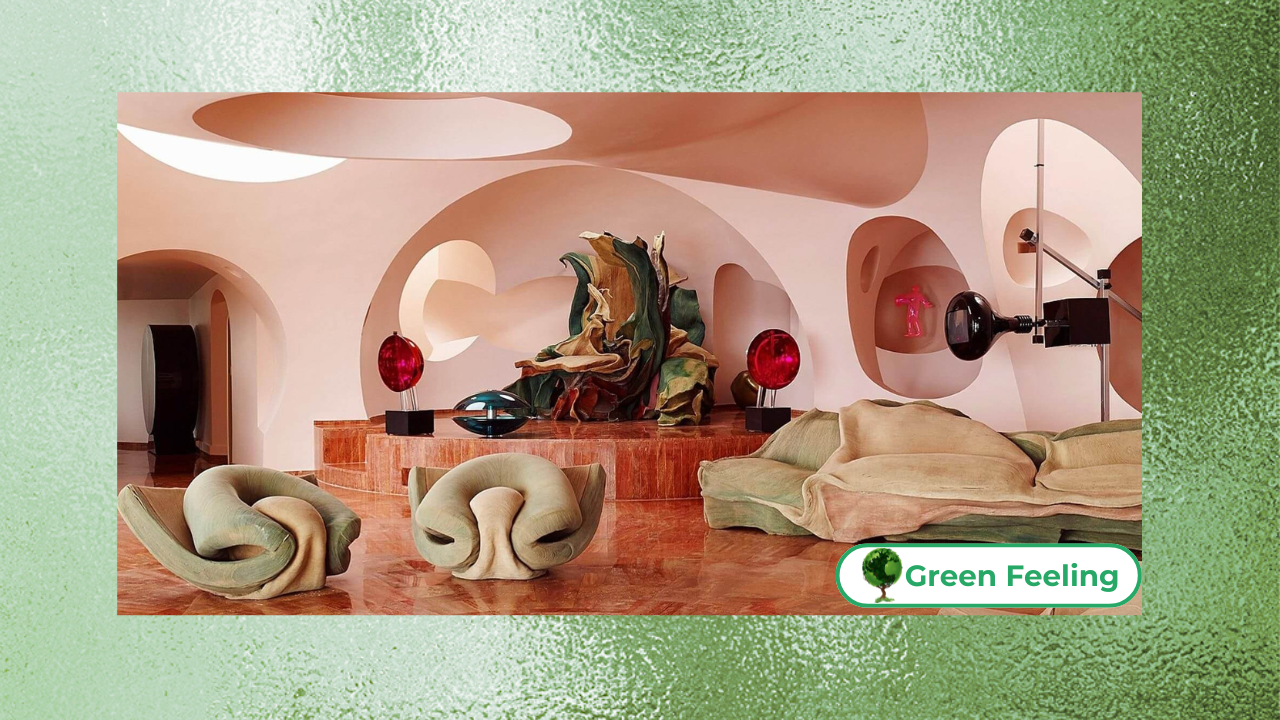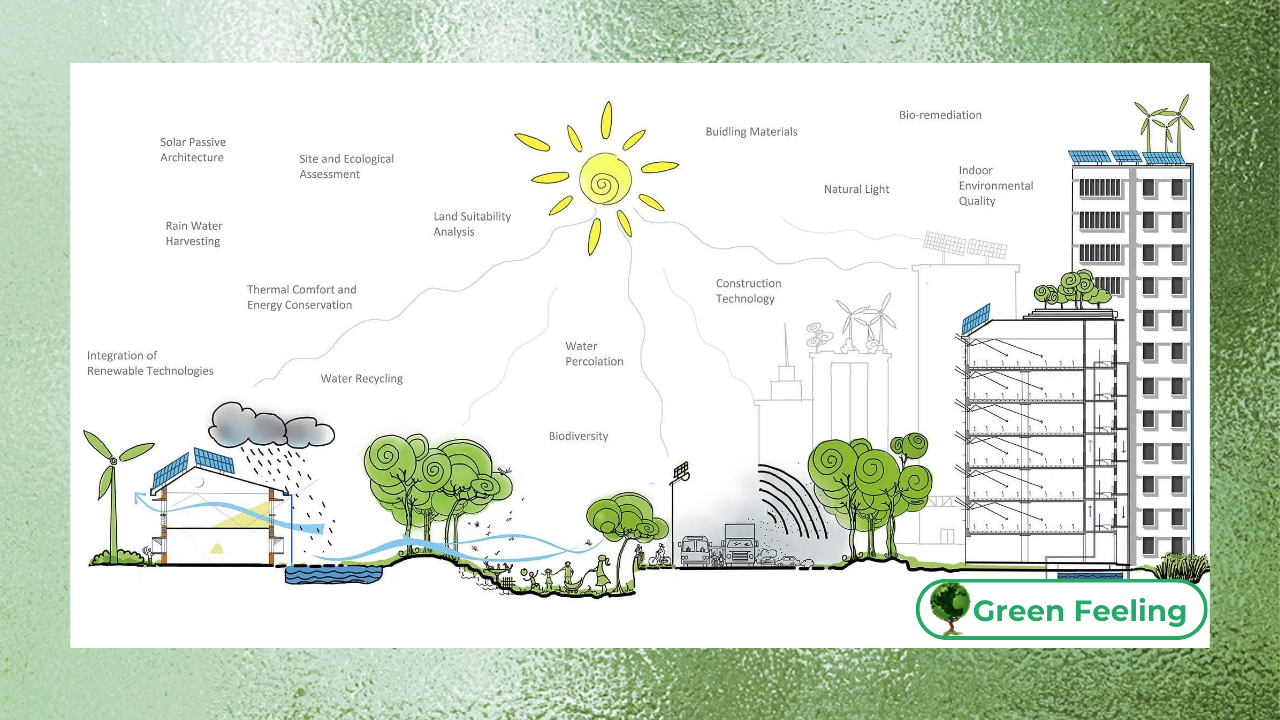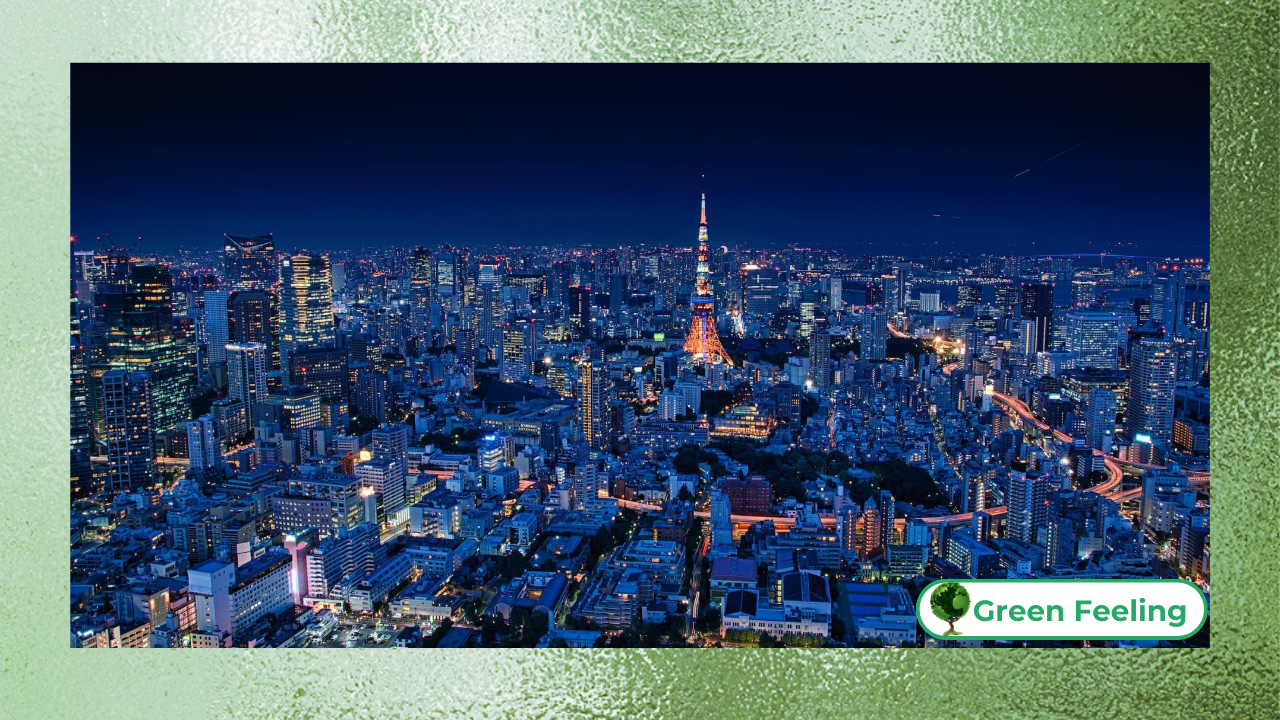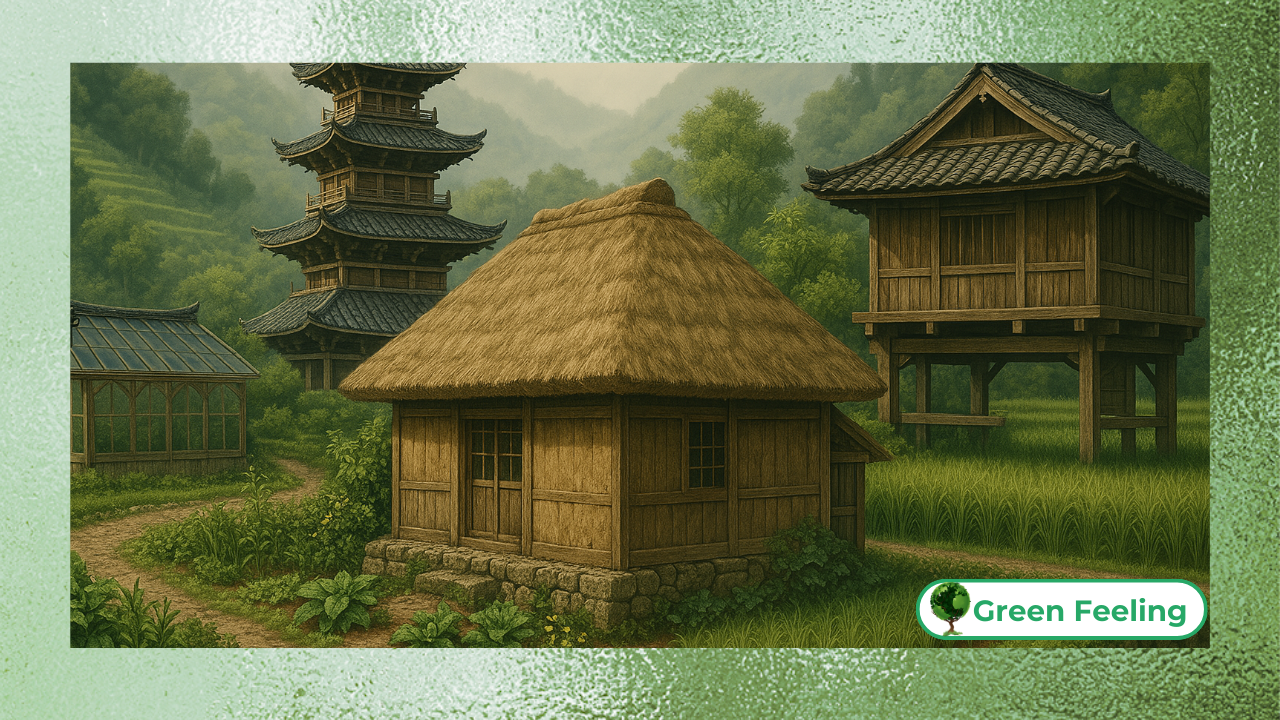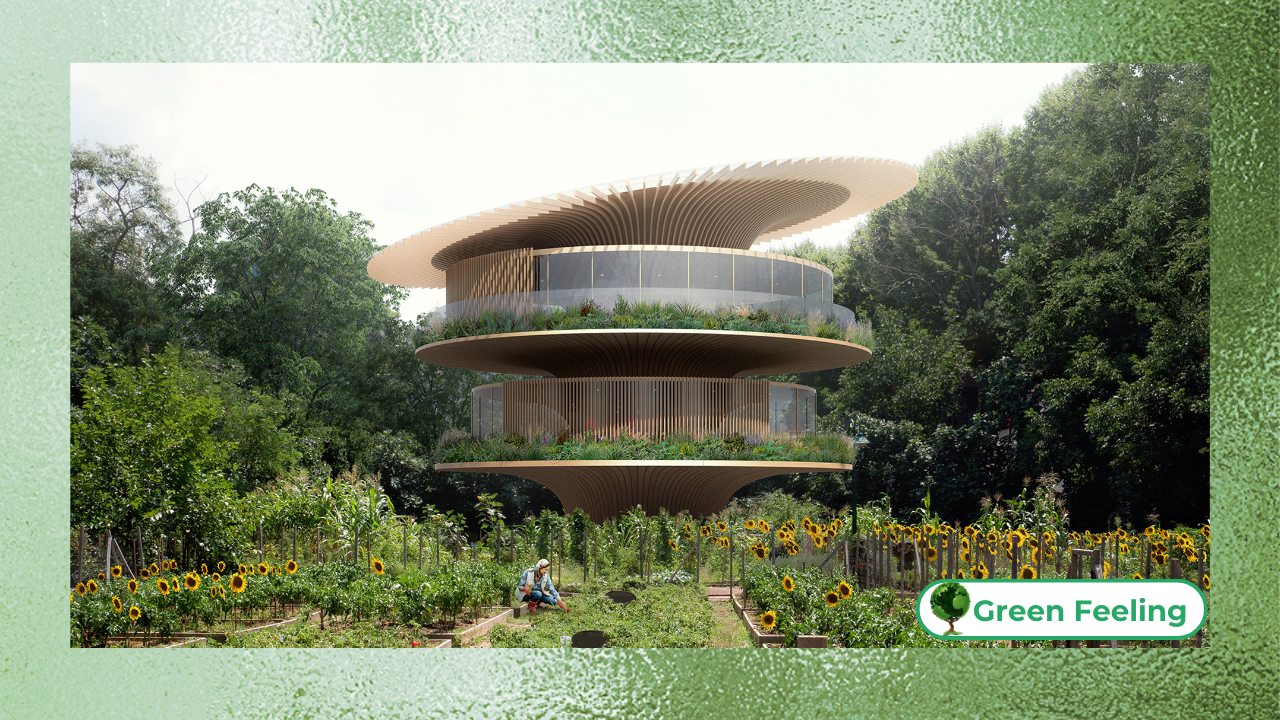The Role of Oscar Niemeyer and Burle Marx in Brazilian Architecture
Brazilian architecture is globally renowned for its innovative use of curves, integration with nature, and visionary urban planning.
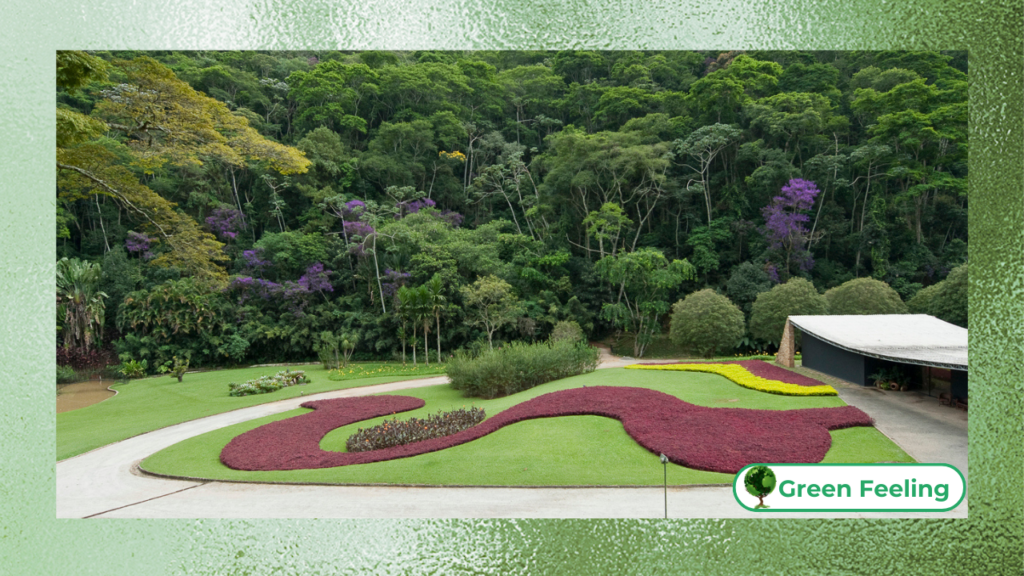
Two of the most influential figures in shaping modern Brazilian architecture are Oscar Niemeyer and Roberto Burle Marx.
Their collaboration on numerous projects, including Brasília, has left an indelible mark on architectural history.
This article explores their contributions, philosophies, and lasting impact on urban design and landscape architecture in Brazil.
Oscar Niemeyer: The Master of Curves
Oscar Niemeyer (1907–2012) revolutionized modern architecture with his daring use of curves and reinforced concrete. A staunch advocate of Brazilian modernism, Niemeyer’s designs were deeply influenced by the natural landscapes of Brazil and the social aspirations of the 20th century.
| Year | Notable Work |
| 1943 |
Pampulha Architectural Complex
|
| 1951 | Edifício Copan, São Paulo |
| 1960 | Brasília (Government Buildings) |
| 1989 |
Niterói Contemporary Art Museum
|
Philosophy and Influence
Niemeyer rejected the rigidity of modernist architecture, famously stating, “I am not attracted to straight angles or to the straight line, hard and inflexible, created by man.”
Instead, he embraced fluidity and organic forms. His work challenged the rationalism of Le Corbusier, with whom he collaborated in the 1930s.
International Recognition
Niemeyer’s influence extended beyond Brazil, with notable projects such as the United Nations Headquarters in New York (1947) and the French Communist Party Headquarters in Paris (1965).
His work remains a testament to how architecture can evoke emotion and cultural identity.
+ Ephemeral Architecture: Buildings that Make History
Roberto Burle Marx: The Visionary of Landscape Architecture
Roberto Burle Marx (1909–1994) was a pioneer in landscape architecture, integrating native Brazilian flora into modernist designs.
His approach transformed urban spaces, making them more sustainable and aesthetically dynamic.
| Year | Key Project |
| 1940 | Burle Marx House and Gardens |
| 1960 | Brasília Parks and Gardens |
| 1970 | Flamengo Park, Rio de Janeiro |
| 1990 |
Ministry of Foreign Affairs Gardens
|
Use of Native Flora
Burle Marx was a passionate advocate for environmental preservation. He introduced Brazilian native plants, such as bromeliads and philodendrons, into urban landscapes, promoting biodiversity.
His artistic approach combined abstract forms with functional sustainability, redefining the role of landscape architecture.
Global Contributions
Burle Marx’s designs can be found in various international locations, from Caracas, Venezuela, to Miami, USA. His influence continues to shape contemporary landscape architecture, merging art and ecology.
Collaboration in Brasília
The collaboration between Niemeyer and Burle Marx reached its peak in Brasília, the capital city designed to embody Brazil’s future.
Niemeyer’s sculptural buildings complemented Burle Marx’s organic landscapes, creating a cohesive urban environment that remains a UNESCO World Heritage Site.
Iconic Features of Brasília
- Palácio da Alvorada: Niemeyer’s futuristic take on a presidential residence.
- Itamaraty Palace Gardens: Designed by Burle Marx, featuring native Brazilian plants and reflecting pools.
- National Congress Building: A striking example of Niemeyer’s architectural vision, with curved domes and sleek towers.
Legacy and Continuing Influence
Both Niemeyer and Burle Marx have left lasting legacies in the fields of architecture and landscape design.
Their philosophies continue to inspire architects and urban planners worldwide.
Enduring Impact
- Sustainability: Burle Marx’s environmental consciousness has influenced modern ecological urbanism.
- Innovation: Niemeyer’s fluid forms have inspired generations of architects to push creative boundaries.
- Cultural Identity: Their works remain deeply tied to Brazilian culture, symbolizing progress and national pride.
+ Floating Cities: Resilient Architecture for the Challenge of Climate Change
Conclusion
Oscar Niemeyer and Roberto Burle Marx played pivotal roles in defining Brazilian modernism, leaving an indelible mark on architecture and landscape design.
Their groundbreaking work not only transformed the visual identity of Brazil but also influenced global design principles, blending functionality with artistic expression.
Niemeyer’s architectural masterpieces, characterized by sweeping curves and bold forms, redefined the possibilities of concrete and space.
Meanwhile, Burle Marx’s innovative landscapes, with their organic shapes and native vegetation, revolutionized the relationship between nature and urban environments.
Together, they embodied the spirit of modernism, which sought to break away from traditional norms and embrace innovation, creativity, and cultural identity.
Their collaboration on projects such as Brasília, Brazil’s capital, showcased their shared vision of a harmonious integration of architecture and nature.
Niemeyer’s iconic buildings, like the National Congress and the Cathedral of Brasília, were complemented by Burle Marx’s lush, dynamic landscapes, creating a cohesive aesthetic that celebrated Brazil’s unique identity.
As contemporary architecture evolves, their legacy remains a guiding force in the pursuit of beauty, sustainability, and innovation in built environments.
Modern architects and landscape designers continue to draw inspiration from their work, particularly their ability to balance artistic vision with social and environmental responsibility.
Niemeyer’s belief that “architecture is invention” and Burle Marx’s dedication to preserving Brazil’s natural heritage resonate strongly in today’s world, where sustainability and cultural authenticity are increasingly prioritized.
Moreover, their work serves as a reminder of the power of collaboration between disciplines.
Niemeyer and Burle Marx demonstrated how architecture and landscape design could work in tandem to create spaces that are not only functional but also emotionally resonant and culturally significant.
Their ability to infuse their designs with a sense of place and identity has set a standard for future generations.
In a world grappling with urbanization and environmental challenges, the principles championed by Niemeyer and Burle Marx are more relevant than ever.
Their emphasis on integrating nature into urban spaces, using local materials, and celebrating cultural heritage offers valuable lessons for creating sustainable and inclusive cities.
As we look to the future, their legacy continues to inspire architects, designers, and urban planners to push boundaries and create spaces that uplift the human spirit while respecting the natural world.
In the words of Oscar Niemeyer, “Life is more important than architecture.” This philosophy, echoed in the work of Burle Marx, underscores the enduring impact of their contributions.
Together, they redefined what it means to create spaces that are not only visually stunning but also deeply connected to the people and environments they serve.
Their legacy is a testament to the transformative power of design and its ability to shape a better, more beautiful world.

